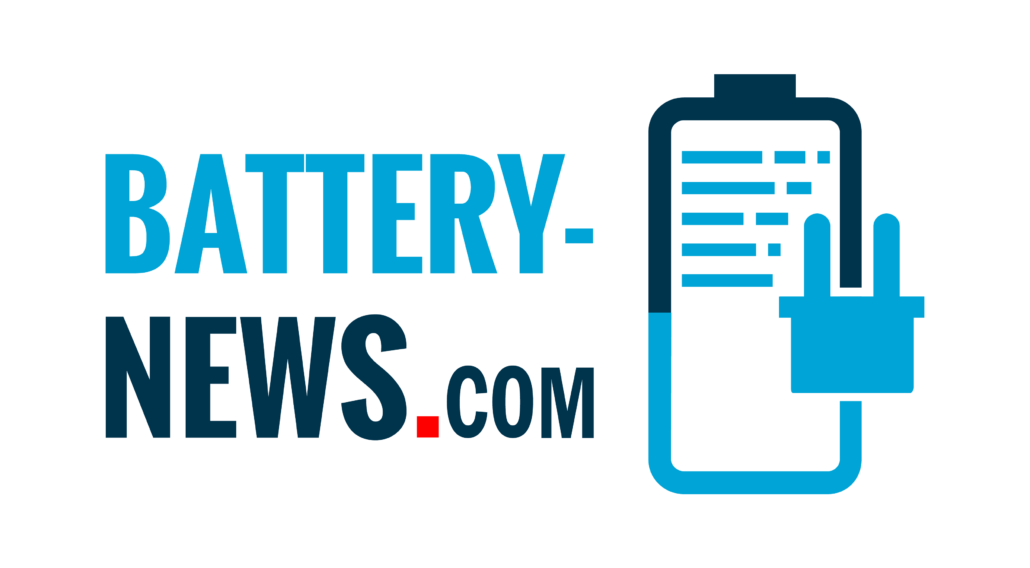With the growing number of suppliers, price pressure on battery manufacturers is increasing. High-performance optical inspection systems offer significant savings potential in the short and long term. Battery-News spoke about this with Jochen Sander, responsible for global battery product management at Dr. Schenk Industriemesstechnik GmbH.
Battery-News: What role do high-performance camera-based inspection systems play in battery production?
Jochen Sander: Such optical inspections are becoming increasingly important to overcome challenges in battery production – both during ramp-up and in ongoing production. In the past, high-quality systems were often perceived as expensive, and simple systems from Asia were used. We are currently observing a change and are converting production.
Battery-News: How can this lead to savings in production?
Sander: There are many aspects that play a significant role: less production waste due to more precise adherence to the process window, less support effort for inspection, process improvement through the use of more and better quality data, higher quality requirements, particularly from the automotive industry, and space savings. For example, one of our systems can perform three inspections simultaneously: surface defect inspection, measurement, and material property inspection.
Battery-News: Can you give us a specific example?
Sander: One of our customers recently achieved a 45-percent reduction in production waste in electrode coating – primarily through the use of our inspection systems. This saving was possible because our inspection detects more minor defects and more reliably assigns them to individual defect classes. This enabled our customer to make better use of the available process window. Incidentally, the support effort for the camera system was also reduced: after setup, the quality expert still had to show the AI a few defective images in the first two weeks, but after that, the system ran without any further support effort – something he was not used to from his previous inspection, as he said.
“With our MIDA technology, we switch between lighting from different directions up to 280,000 times a second.”
Jochen Sander, Global Battery Product Management, Dr. Schenk Industriemesstechnik GmbH
Battery-News: How does your company achieve such significant improvements?
Sander: I could go into a lot of detail here, but I’ll just concentrate on two particularly important points for batteries: lighting and artificial intelligence. With our MIDA technology, we switch between lighting from different directions up to 280,000 times a second. We transfer the human procedure to the automatic inspection, as the test specimen would also be turned to the best hand position to detect defects optimally. In automatic inspection, lighting from different directions takes over. As the channels are also offset against each other, we have six to eleven times more image information with three to four illuminations. This is what makes those improvements possible in the first place.
Battery-News: What exactly is the role of artificial intelligence in this context?
Sander: Instead of an “omniscient” AI, which is expensive to train and complex to use, we rely on a multi-step approach. By optimizing the AI for specific evaluations, we achieve the highest performance. For example, with AI we filter a data stream of 140 gigabits per second in real-time in the cameras, corresponding to approximately 28,000 times the speed of an HD video stream. Only the critical errors are then specifically evaluated on the PC. This massive computing power means that more complex processes can be used, and more errors can be detected. These systems are also faster than conventional ones. Band widths of more than ten meters or slitting speeds of 800 meters per minute are also easy to implement.
“Our approach always ensures that the user is unaware of the underlying complexity.”
Jochen Sander, Global Battery Product Management, Dr. Schenk Industriemesstechnik GmbH
Battery-News: Aren’t such robust systems complicated to set up and require intensive support?
Sander: You can find complicated operations in every price range. Our approach always ensures that the user is unaware of the underlying complexity. This is based on almost 40 years of development experience and knowledge from various glass, metal, and paper industries. The average implementation time for new systems is around two weeks – half for the system operator and half for the quality manager.
Battery-News: Defects and measurements are probably common knowledge. But what exactly do you mean by “material properties”?
Sander: Checking material properties has proven its worth in detecting all types of material deviations early. With separator films, we can detect changes in coating thickness in the sub-micrometer range at full production speed and across the entire film width of up to ten meters. These are all coating fluctuations or roller imprints in the case of electrodes. We use information from the different lighting channels for this inspection. If the material properties change, the optical properties also change – for example, reflection, transmission, gloss, or scattering. Our systems evaluate this and can detect even minimal changes in this way.
Battery-News: What are the decisive factors for successful quality and process control in battery cell production?
Sander: Battery cell production is one of the most dynamic production areas in the world. Some of the characteristics are frequent production changes, constant production, improvement pressure, and limited personnel capacities. This requires the inspection systems to be highly flexible to meet customer requirements. The most accessible possible access to the recorded data and competent, local support is just as important as high-performance technologies. At Dr. Schenk, we share our knowledge with our customers in order to develop tailor-made solutions.




